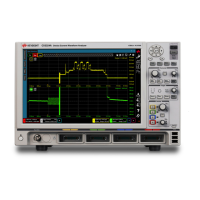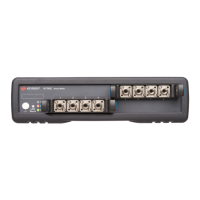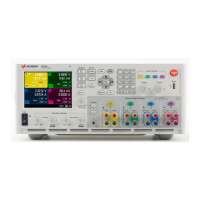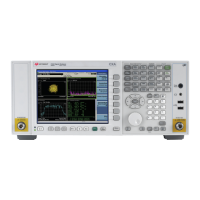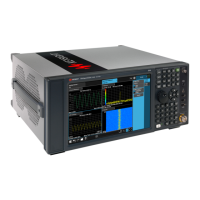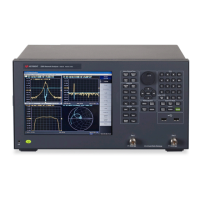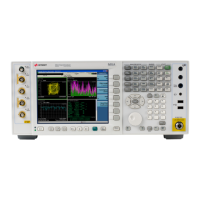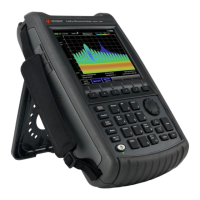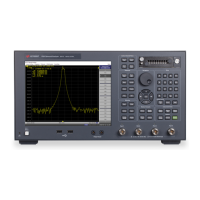74 Keysight CX3300 User’s Guide, Edition 4
Using the CX3300
Waveform Analytics
Performing Clustering
You can perform the clustering by using the Waveform Analytics tool palette.
After the clustering, each waveform segment will belong to one of the clusters
based on the similarity of the waveforms. There are following three types of the
clustering.
Quick Quick clustering will be automatically performed after the waveform recording or
Retriggering.
Only the tag information included in the waveform database is used for the
clustering.
Certainty depends on the similarity threshold at the waveform recording or
Retriggering.
Detail Detail clustering does not use the tag information to perform the clustering.
The waveform segments are loaded from the waveform database, and the
clustering is performed.
It is recommended to apply Detail clustering to the clusters selected from the
result of Quick clustering, not to the entire waveform database.
Retag Retag clustering uses the re-tag information to perform the clustering.
The similarity threshold is automatically calculated based on that of the last
clustering. The new similarity threshold will be higher than the previous
threshold.
The waveform segments are loaded from the waveform database, and the
tagging is performed by using the new similarity threshold. Then the clustering is
performed.
It is recommended to apply Retag clustering to the clusters selected from the
result of Quick clustering, not to the entire waveform database.

